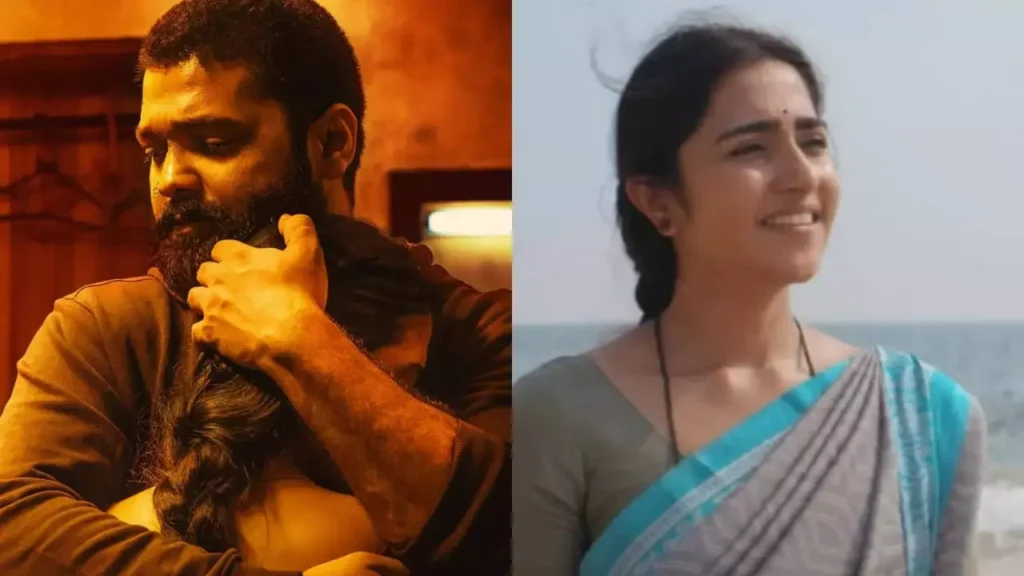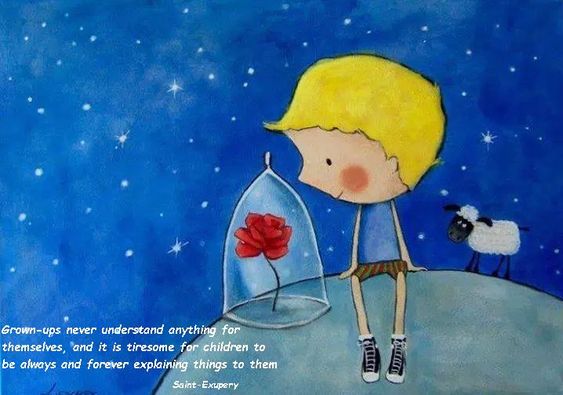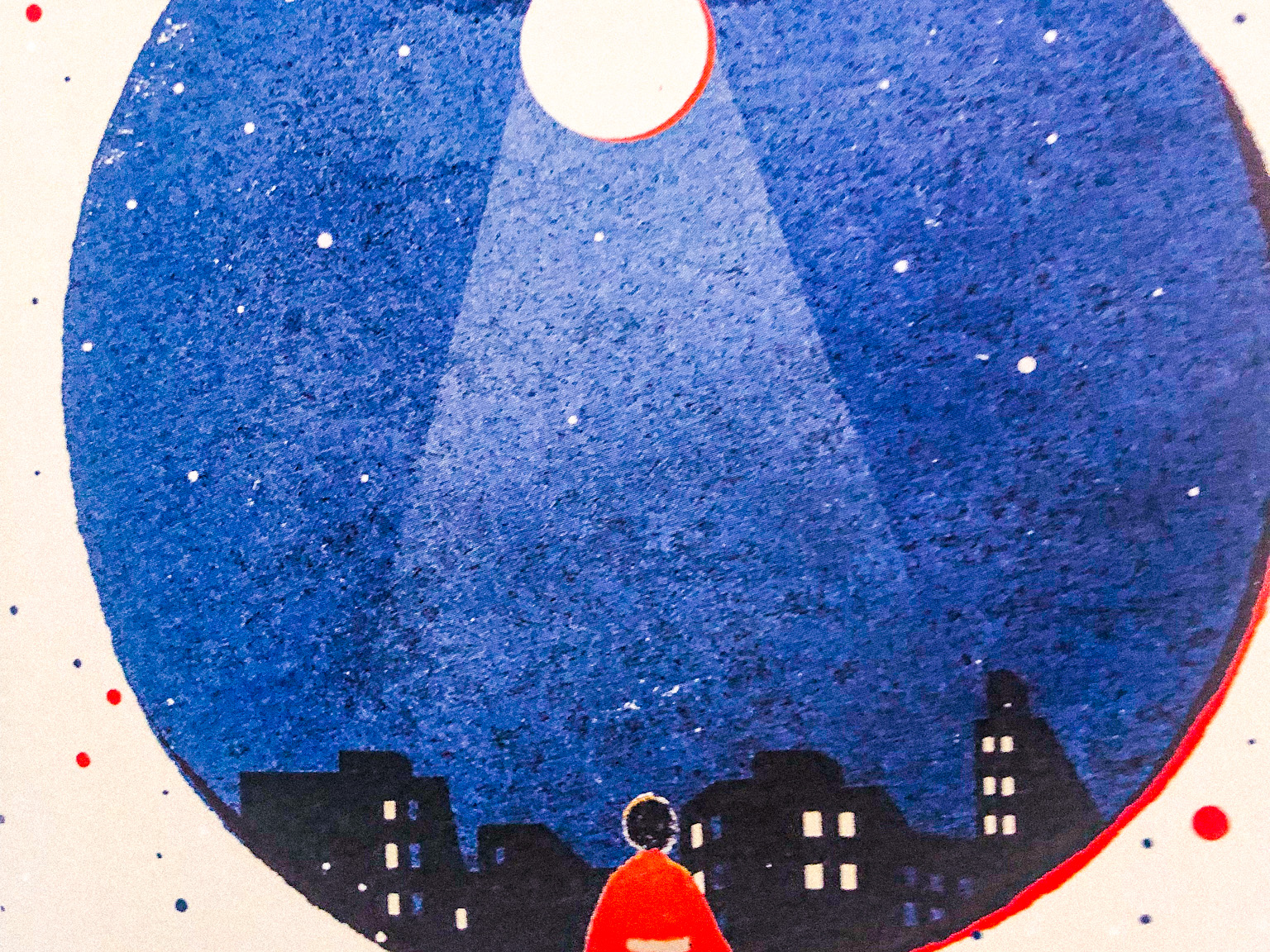Have you ever considered what the most common privilege you possess is? It’s the ability to read! Take a moment to sit down and reflect on each word you can see, identify, read, and understand. Isn’t that enough?
In a fast-paced world, filled with the hustle to succeed, we often overlook the small things around us that deserve our appreciation. Until a few weeks ago, I was also not fully aware of my privilege of reading. However, after finishing the novel On Earth We’re Briefly Gorgeous, one passage resonated with me deeply:
Ma, I don’t know if you’ve made this in this letter–or if you’ve it made it here at all. You always tell me it’s too late for you to read, with your poor liver, your exhausted bones, that after every thing you have been through, you’d like to rest now. That reading is a privilege you made possible for me with what you lost.
Ocean Vuong
This illustrates just one way to acknowledge your privileges. In my experience with yoga, the trainers often remind me to express gratitude for my body’s ability to get out of bed and move. This, too, is a privilege I have. Life can be much simpler than we often make it.
The Simple Steps to Gratitude
Practicing gratitude can feel daunting. At times, it may seem like you are pressuring yourself to feel a certain way or to be forceful in trying to be grateful for something; I understand that feeling well. Let’s simplify it.
I came across a helpful Reddit thread that explains this beautifully:
It sounds like you might be putting too much pressure on yourself to feel a certain way during your gratitude practice. Instead of focusing on trying to force a specific feeling, what if you reframed the goal as simply establishing a habit and training your mind?
Think of it like exercise or brushing your teeth. When you first start working out or commit to better dental hygiene, you probably don’t feel thrilled about it. You’re just going through the motions because you know it’s good for you in the long run. But if you keep at it consistently, it becomes a natural, almost effortless habit.
Gratitude can work the same way. By taking a few minutes each day to write down what you’re grateful for, even if you don’t feel much at the moment, you’re planting seeds. You’re cultivating an intention to notice and appreciate the good in your life. Over time, with practice, your mind starts doing this more automatically. You spontaneously notice things to be grateful for throughout your day.
So, set aside some quiet time one day to reflect on your privileges. Why? Because our minds need to recognize that the pressures we carry are not all that define us.









